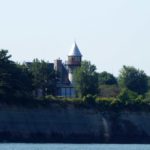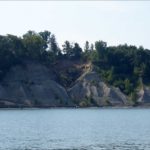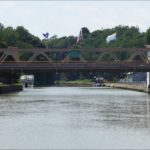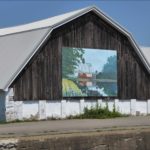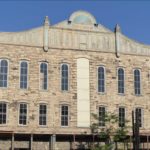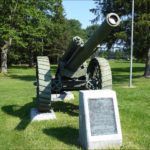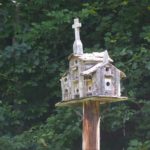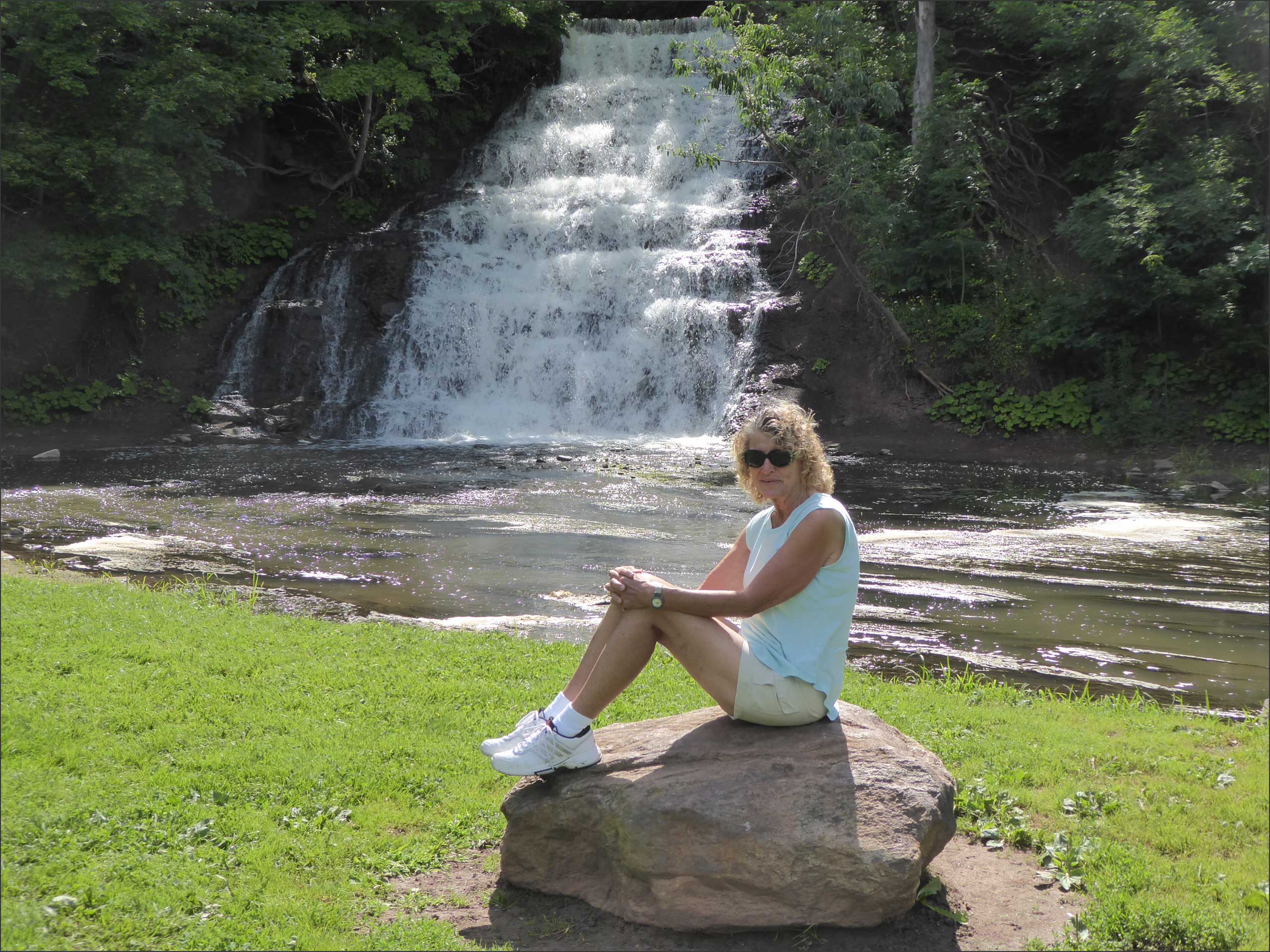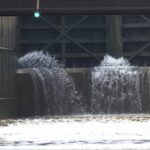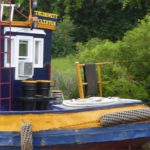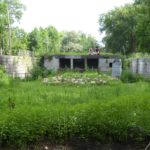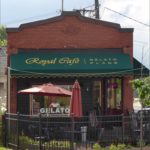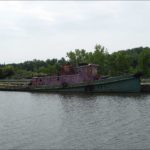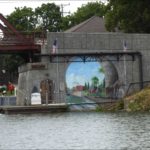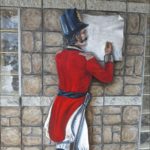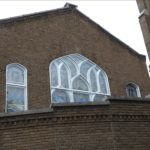August 2-3, 2017 Wednesday & Thursday
August 2: Lake Erie is the shallowest of the Great Lakes with an average depth of 62-feet. Being the shallowest, it is also the warmest of the Great Lakes in the summer and the first to freeze in the winter. Because of its shallowness, the slightest breeze can kick up some very lively waves so we have to monitor the weather forecast very closely. Today predictions were for light winds in the early morning so we departed Buffalo at daybreak and headed for Dunkirk. When I called to make a reservation Sam said, “We have a few weeds in the water…” that was an understatement. The whole bay is covered in weeds that love wrapping around propellers and rudders.
In the afternoon we visited the Dunkirk Lighthouse & Veterans Park Museum, the location where the first Lake Erie Battle of the War of 1812 took place.
August 3: Today’s weather forecast was for light winds in the early morning with rain showers in the afternoon which meant another daybreak departure. The winds were light, water smooth and we made a quick run to Erie, Pennsylvania, the rain waited until about 6:00. We will be here a week to service the engine, get mail, and visit Niagara Falls.









